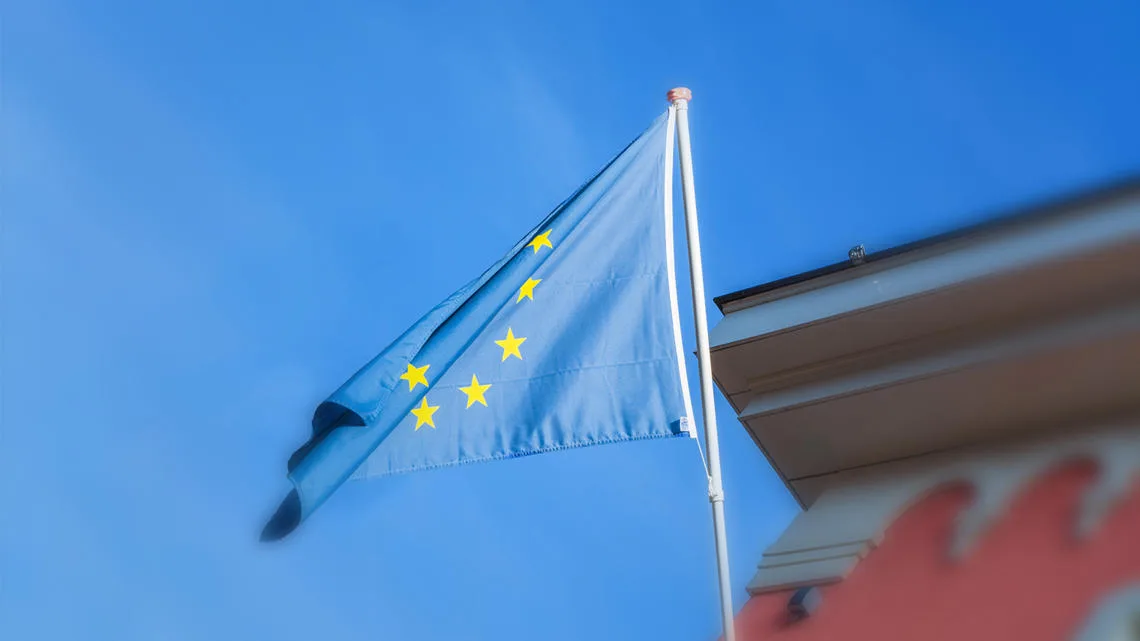On 14 July, the European Commission passed a crucial milestone by adopting the EU “Fit for 55” package to transform the European economy. The package of interconnected legislative proposals will align the EU’s climate, energy, land use, transport and taxation policies with the target of reducing net greenhouse gas emissions by at least 55% by 2030, compared to 1990 levels.
This landmark package reflects a new level of ambition from the EU and is described as “a comprehensive market-led revolution which can turn this decade around and set the path for limiting global warming to well below 2 degrees” but only if the ambition can be translated into law. It will take substantial diplomatic efforts to agree on and implement the proposed measures but this level of ambition ahead of COP26 sends a strong signal that the EU sees itself as a global leader in the Race to Zero and will be closely watched by other nations.
The “Fit for 55” package proposes an unprecedented set of ambitious objectives and plans to be implemented by 2030. A key component is the significant revision and strengthening of the EU Emissions Trading System (ETS) targets and carbon pricing signals in line with the proposed 2030 ambitions. The overall emission would be further lowered, and its annual rate of reduction increased from 2.2% to 4.2%. This is to be accompanied by several further measures and goals, including:
- A separate ETS for buildings and road transport and expansion of current ETS to certain maritime emissions
- Gradual introduction of a carbon border adjustment mechanism (CBAM) starting in 2023 for imports to avoid “carbon leakage” in the affected cement, aluminum, steel and iron, fertilizers and certain power sectors
- A 55% reduction of emissions from cars by 2030 and 100% emission reduction for new cars by 2035, which would be equivalent to a ban of sales of new internal-combustion engine cars
- An increase of the renewable energy target from 32% to a 40% share, with plans to simplify certain permitting processes and to address other barriers
- New 2030 energy efficiency targets of 36% for final and 39% for primary energy consumption respectively and an obligation for the public sector to annually renovate 3% of its buildings
- Implementation of a new energy taxation principle that taxes electricity and energy products based on energy content and environmental performance
- Minimum tax rates for motor and heating fuels and electricity as well as aviation, boat and ship fuels (with some exceptions)
- Climate neutrality for land use, forestry and the agriculture sector by 2035
- Creation of a nature-positive economy which protects and restores degraded ecosystems and increases the EU natural carbon sink to 310 megatons (Mt) by 2030
- Definition of binding targets for EU Member States.
Background
The series of 13 cross-cutting legislative proposals include 8 revisions of existing legislation and 5 brand new proposals, including a number of specified quantitative objectives and measures to decarbonize the economy and promote greener energy. They combine an expansion of emission trading to new sectors and a strengthening of the existing EU Emission Trading System (ETS) with an increase of renewable energy use, greater energy efficiency and a more ambitious plan for low emission transport and related infrastructure development. The package also includes a review of taxation policies, proposed measures to prevent carbon leakage, and tools to preserve and grow natural carbon sinks.
| New Legislative Proposals | |
| Carbon Border Adjustment Mechanism (CBAM) | |
| Amendment to the Renewable Energy Directive (RED) | ReFuelEU Aviation (on sustainable aviation fuel) |
| Amendment to the Energy Efficiency Directive (EED) | FuelEU Maritime (on greening the maritime space) |
| Revision of the energy taxation directive | New Forest Strategy |
| Amendment of the regulation setting CO₂ emission standards for cars and vans | |
| Revision of the Alternative Fuels Infrastructure Directive (AFID) | |
| Revision of the Effort Sharing Regulation (ESR) | |
| Revision of the regulation on land use, land use change and forestry (LULUCF) |
The high-level ambition to make the EU the first climate neutral continent was set when the European Commission presented the European Green Deal on 11 December 2019. The binding European Climate Law, which was adopted in June 2021, enshrines the EU’s commitments to climate neutrality and the intermediate target of reducing net greenhouse gas emissions by at least 55% by 2030, compared to 1990 levels.
The EU’s existing climate and energy legislation has positively contributed towards reducing the EU’s greenhouse gas emissions by 24% compared to 1990, while the economy has grown by approximately 60% within the same period. The “Fit for 55” package of policy proposals aims to build on this proven model of legislation to prepare the way to make the EU’s economy fit to meet the challenge to achieve its 2030 targets. The European Commission conducted comprehensive impact assessments in the months leading up to these legislative proposals to evaluate impacts, costs and opportunities of the green transition. These impact assessments formed the scientific underpinnings for the European Commission to propose an increase in the EU’s 2030 reduction target, which has now been adopted as 55%.
The EU’s 55% reduction goal was already communicated to the UN Framework Convention on Climate Change (UNFCCC) in December 2020 as the EU’s contribution to meeting the goals of the Paris Agreement. The EU will share these proposals with its international partners at the UNFCCC’s 26th Conference of Parties (COP26) in Glasgow in November. This is in many ways a positive direction, which is not only relevant for EU Member States but for all countries that need to step up their respective Nationally Determined Contributions (NDCs) and related implementation plans.
WBCSD news articles and insights may be republished in accordance with the Creative Commons Attribution-NonCommercial-NoDerivatives 4.0 International Public License, and in accordance with our Privacy Policy. All Content must be featured with due credits.
